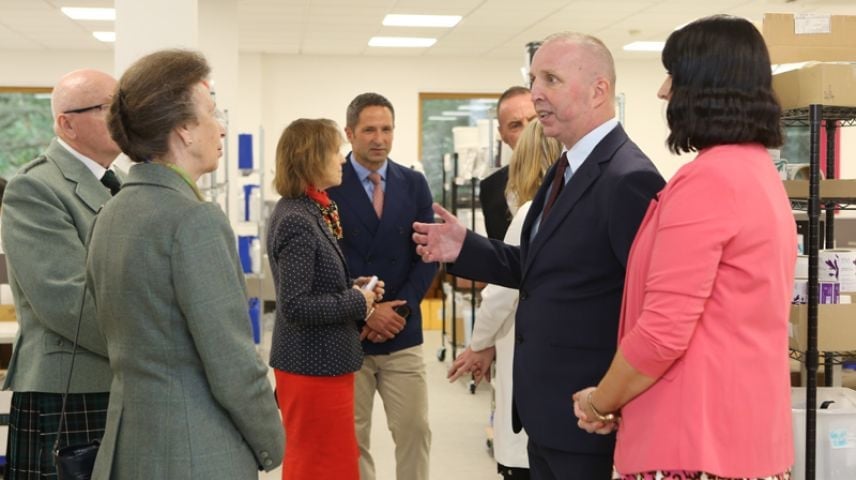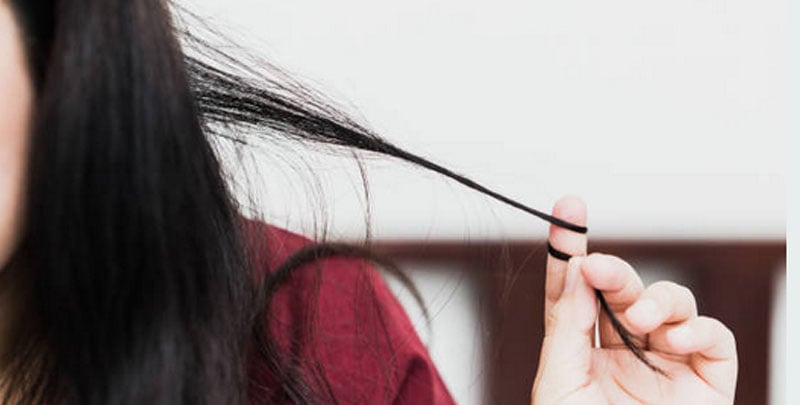Trichotillomania can be an extremely emotionally distressing and upsetting condition...
Most people play with their hair. You may twirl your hair between your fingers when you watch TV, read, concentrate and when you are stressed or worried. Usually the habit is harmless, but it can sometimes turn into a serious condition called trichotillomania or Trichotillosis - a self-inflicted hair loss where hair ‘twiddling’ reaches the ‘pulling’ stage.
Pulling out your hair can cause thin or bald patches, which can cover quite a large area depending on the severity of the disorder. If hair grows back, but continues to be pulled out over many years, you can damage your follicles, which can result in permanent hair loss. Trichotillomania can also be present on eyelashes and eyebrows, but this is less common.
Trichotillomania can be an extremely emotionally distressing and upsetting condition, and it is best to consult an expert for help. We caught up with Trichologist, Demi Griffiths of Midlands Trichology to discuss the causes of and treatments for trichotillomania.
Causes of trichotillomania
The causes of trichotillomania are often complex. In some cases, it’s unintentional and you may not realise you are doing it. However, often there are underlying causes – from anxiety and as a means to cope with stress, to depression, a cry for help and a traumatic experience. This can be especially true with regards to children and young persons. The act of pulling out a hair can also initially feel quite satisfying, so you keep doing it, not realizing the damage you’re causing, and once you do it’s hard to stop.
Diagnosis
Trichotillomania is frequently misdiagnosed as alopecia areata - another hair loss condition that occurs in patches. There are two reasons for this. Firstly, both conditions look similar to the untrained eye, and secondly, people are often ashamed and fearful to tell their doctor that they’re pulling out their own hair. This is also an issue in diagnosing children and young teenagers with trichotillomania, who might be pulling their hair out in secret without their parents' knowledge. There is, nevertheless, a predominant diagnostic feature of trichotillomania – uneven hair breakage. When you pull your hair out, you can’t pull it all at the same angle, so it snaps off at different lengths.
However, in alopecia areata, the little hairs will be roughly the same length. Also, the pattern of hair loss from trichotillomania is usually worse on the right side of the scalp if you are right-handed and vice versa.
Treatment
The first and most important part of recovery from trichotillomania is getting help. Occasionally, psychological therapy is needed. Please remember there is nothing to be ashamed or embarrassed about. Just like recovery from any other condition or disorder, external support is essential.
Other treatments include:
- Wearing thick gloves, especially at night, when the temptation to pull your hair out is at its peak
- Cutting your hair short so that it’s impossible to get hold of it
- Covering your hair with a slippery cream or oil
- Wearing a scarf over your head
- Playing with worry beads to take your mind off the impulses
- Trichology recommended treatment to stimulate follicles to induce growth
All treatments for trichotillomania take time and patience, but the good news is that your hair can grow back. If it’s been going on for a long time, less will do so, or your hair may grow back a different texture – but you will see an improvement.






